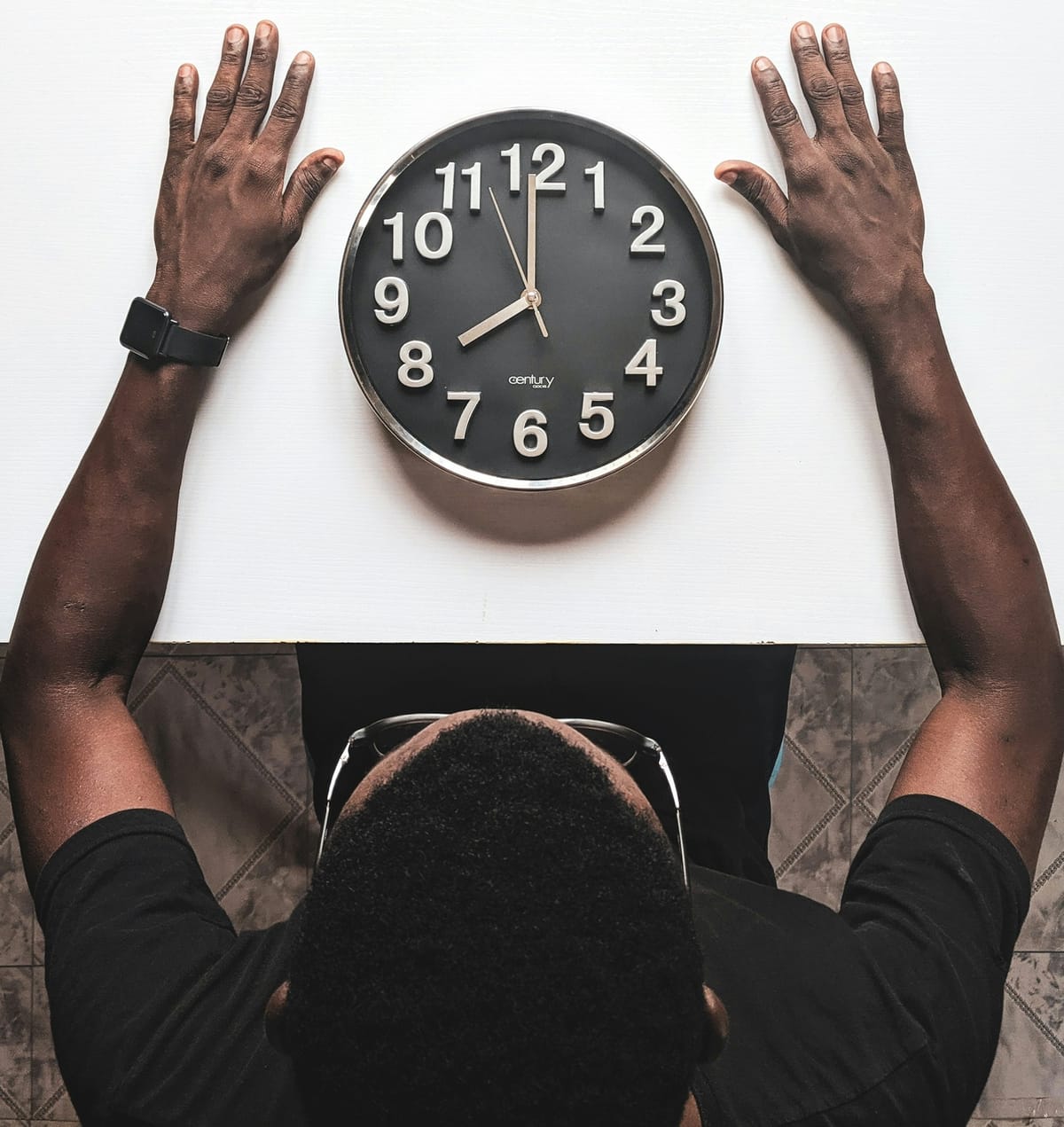Deadlines vs. Downtime: Is AI Making Us Too Efficient for Our Own Good?
AI boosts productivity—but at what cost? Explore how hyper-efficiency may be hurting creativity, wellness, and the future of work.

Is Hyper-Efficiency Harming the Human Element?
AI is revolutionizing the modern workplace, making us faster, sharper, and more productive than ever before. But as algorithms shave hours off tasks and automate routine workflows, a new problem is emerging: are we optimizing ourselves into burnout?
From generative content to AI scheduling assistants, the workplace is now a zone of hyper-efficiency. But lost in this race against time is a key question: when everything becomes easier, do we forget how—and when—to stop?
The Rise of AI-Powered Productivity
From Google Workspace’s AI integrations to Notion AI and Microsoft Copilot, digital workers now rely on intelligent systems to summarize, write, plan, and even think.
According to a 2024 McKinsey report, AI tools have improved task execution speeds by up to 40% in knowledge-based roles.
Some examples include:
- Writers using GPT-based tools to generate entire drafts in minutes
- Analysts automating report generation with natural language queries
- Marketers using AI to A/B test campaigns instantly
What used to take a full day can now be accomplished in a morning.
When Productivity Becomes Pressure
This leap in capability isn’t always a relief. Many workers now feel pressure to do more simply because they can.
📈 Rising expectations: AI allows more output per hour—so managers ask for more
⏳ Blurring work hours: Async AI tools extend availability across time zones
🧠 Mental fatigue: Constant optimization leaves little space for reflection or creativity
In fact, a 2025 survey by Gartner found that 62% of remote employees reported feeling more exhausted than before AI was introduced into their workflows.
Are We Optimizing the Wrong Things?
The issue isn’t just how fast we work—but what we prioritize.
🔁 Faster emails don’t mean better decisions
🎯 More tasks completed doesn’t equal meaningful progress
💡 Creativity and innovation require unstructured time
AI is great at managing deadlines. But downtime—those spaces where ideas form and culture thrives—is increasingly seen as unproductive in the algorithmic mindset.
Rethinking Work in the Age of AI
Forward-thinking companies are starting to recalibrate:
✅ Outcome-based performance: Focus on quality, not quantity
✅ Mandatory recharge hours: Protecting human downtime like any other KPI
✅ AI literacy training: Helping teams understand when not to automate
Asynchronous AI doesn’t mean 24/7 employees. The real productivity gains come when AI augments human work—not overwhelms it.
Conclusion: The Efficiency Paradox
AI was meant to make work easier. But without intentional boundaries, it may be making it endless.
“Deadlines vs. downtime” is not a binary—it’s a balance. The future of productivity lies not just in doing more, but in knowing when not to.
Because even the smartest AI can’t replace the value of human pause.


